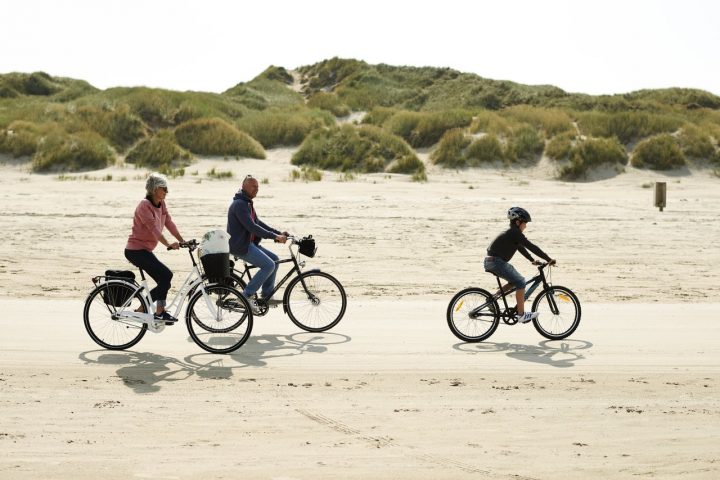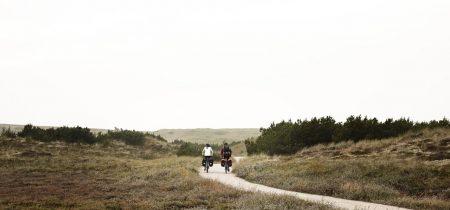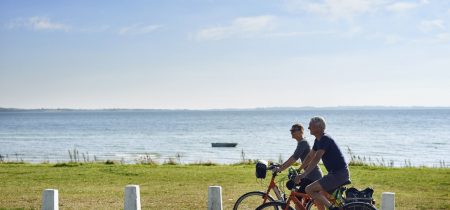The organization of Danish cycle tourism, and the modern cycle tourist
A good cycling holiday requires the cooperation of many players. Recreational cyclists couldn’t care less about municipal boundaries – they want a cohesive experience.
By Jesper Pørksen, Danish Cycling Tourism
In Denmark there are 100 public and an unknown number of private route owners. The public route owners consist of the 98 Danish municipalities and the State, with the Danish Road Directorate managing public roads, and the Danish Nature Agency managing national forests. The private route owners consist of all the landowners who have granted permission for a cycle route to cross their land.
However, attractive recreational options involve much more than developing and maintaining a route network. A recreational route network, i.e. what you’re cycling on, is a necessary prerequisite, but is far from the only element necessary to create a cycling country.
Modern cycle tourists
The needs and wants of cycle tourists are not static. A great deal has changed since a cycling holiday meant strapping a couple of bike bags on your bike and taking off into the unknown. And yet, maybe not, because what cycling tourism is still basically all about is seeking adventure and using the bicycle as a tool, or simply cycling as a pleasurable adventure in itself. The only thing that’s changed is that cycling has become a popular activity on virtually all types of holiday.
Cruise ship guests take a cycling trip when they’re in port. When people relax in a holiday home they take day trips to local destinations. On a city break holiday we bike to the sights, and mountain bike or road riding training vacations are becoming increasingly popular. And then there’s always the classical cycling tour of several days’ duration, where a tour operator handles all the practical details.
In other words, cycling has become main stream. One out of five tourists in Denmark cites cycling as the primary reason for taking a holiday here.
Public-private partnership
Developing a good cycling country necessarily involves creating access through infrastructure, service and communications. What’s the point of a fantastic cycle route, for example, if no one knows it’s there? And conversely, what’s the point of opening a bicycle rental enterprise if there’s nowhere for cyclists to bike?
In the best case scenario, infrastructure, service and communications development go hand in hand. A prerequisite for this is cooperation and coordination among a number of different parties, both public and private. Denmark provides many examples of cycle tourism development through a close public-private partnership.
In the years 2012-2015 the two national routes, the West Coast Route and Copenhagen- Gedser, were developed in a close cooperation among public authorities, associations, private business enterprises, and organizations. The project included the development of 26 shorter, marked routes in close cooperation with local business enterprises, private landowners and local authorities. The association, Danish Cycling Tourism, was founded as a result of the project.
Danish Cycling Tourism was established in 2014 with the purpose of developing and coordinating cycling tourism in Denmark. The association’s members are local authorities, destinations, organizations, and private enterprises. Since 2016 Danish Cycling Tourism has been the EuroVelo coordination center in Denmark. The association has four full -time co-workers and a number of affiliated consultants.
Read more on the associations website
As of 2017 a large partnership has been at work to further develop the Baltic Sea route into Denmark’s longest cycle route. The partnership consists of the Danish Road Directorate, 6 destinations, Danish Cycling Tourism, and VisitDenmark. After route signage the focus is on developing service along the route in cooperation with public and private stakeholders. One of the goals is to make the 820 km long route interesting and relevant for cyclists who only want a day trip.
Links:






